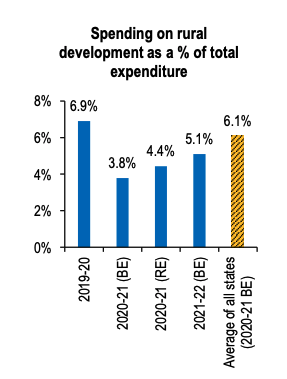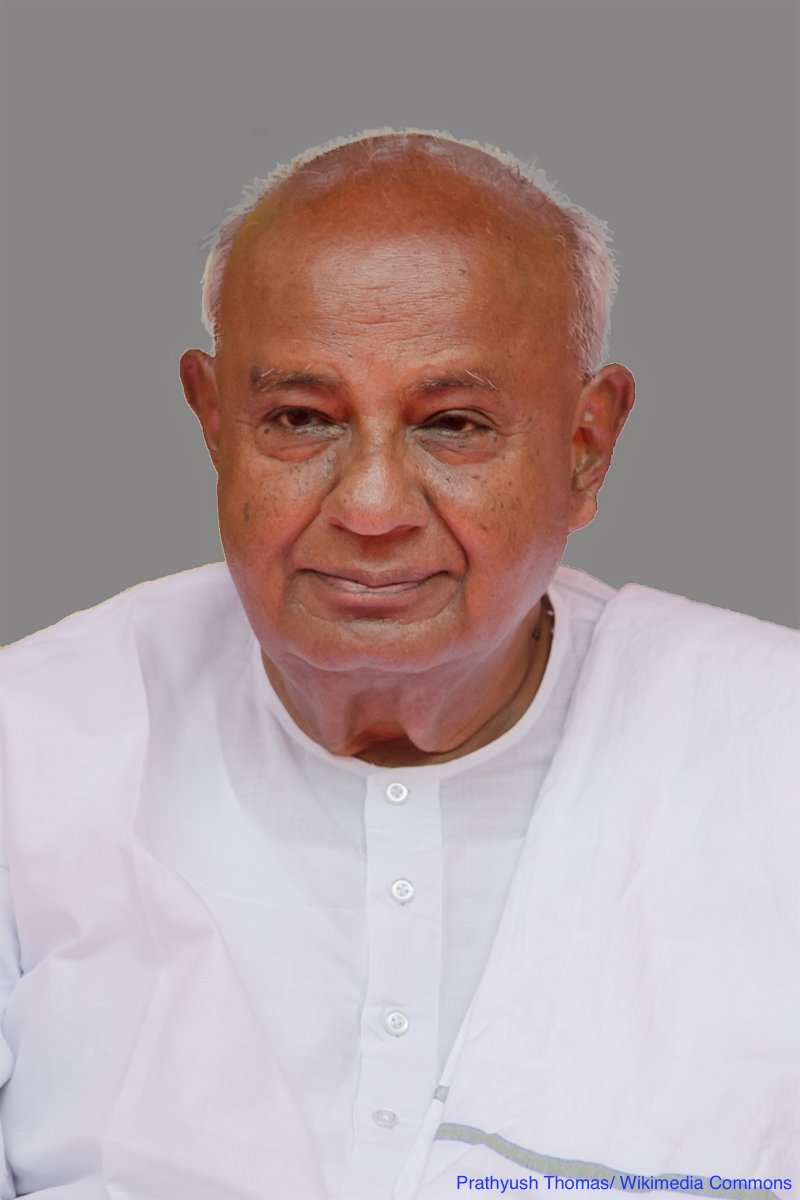
#AssamBudget Finance Minister Ms. Ajanta Neog presented the 2021-22 Budget for the state on July 16. Here are some highlights from our analysis:
#assambudget2021
#assambudget2021
#assambudget2021 The Gross State Domestic Product (GSDP) of Assam for 2021-22 (at current prices) is projected to be Rs 3,77,102 crore. This is an annual increase of 4% over the GSDP of 2019-20. In 2020-21, the GSDP of Assam is estimated to grow by 6.4% over the previous year.
#assambudget2021 Total expenditure for 2021-22 is estimated to be Rs 1,07,556 crore, an annual increase of 14% over the actual expenditure in 2019-20. Total receipts (excluding borrowings) for 2021-22 are estimated to be Rs 88,992 crore, an annual increase of 17% over 2019-20.
#assambudget2021 Fiscal deficit for 2021-22 is targeted at Rs 15,028 crore (3.99% of GSDP). In 2020-21, the fiscal deficit is estimated to be 8.05% of GSDP as per the revised estimate, higher than the budget estimate of 2.3% of GSDP.
#assambudget2021 5 new medical colleges will be established to improve the quality of health services. 3 new engineering colleges will be established at Bongaigaon, Behali, and Sualkuchi. State university will be established in Karbi Anglong for students in hill districts.
Read our full budget analysis here: prsindia.org/files/budget/b…
• • •
Missing some Tweet in this thread? You can try to
force a refresh














